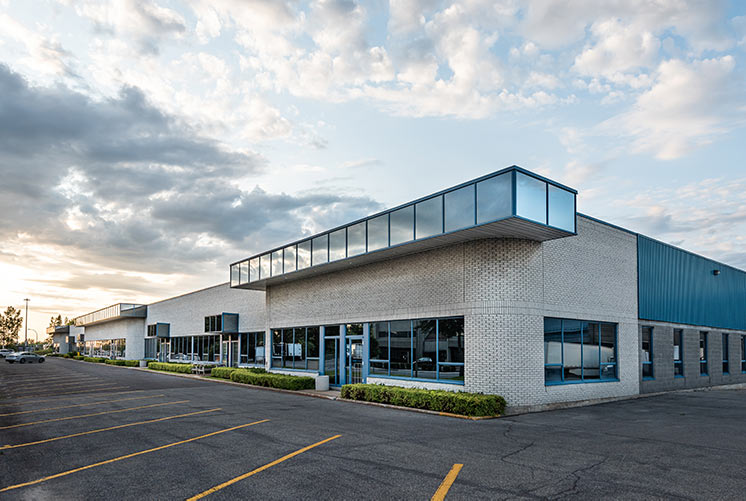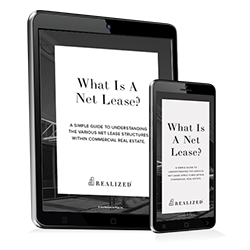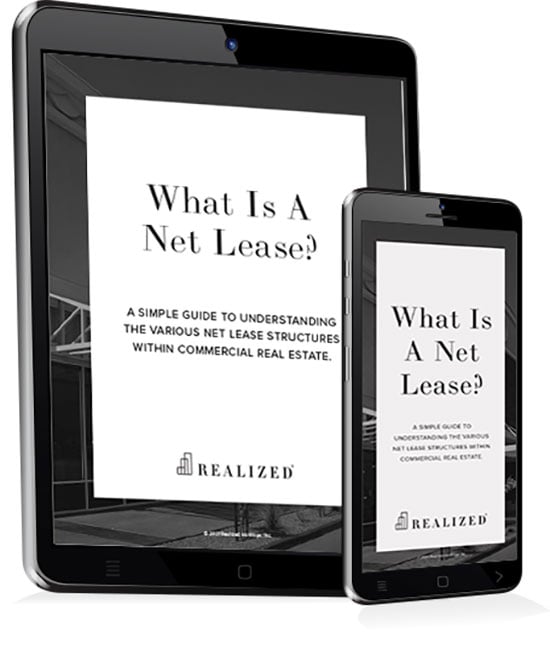
The lease structure on a potential investment property means a lot in regards to how much skin you’ll have in the asset.
Triple net leases are among the most popular lease agreements in commercial real estate because they shift responsibility for a property’s variable costs and operating expenses from the owner to the tenant.
In this article we’ll outline what’s typically included in a triple net lease and why this arrangement often proves beneficial to real estate investors.
Triple net leases: Tenants pay ‘TMI’
Triple net lease agreements are quite common for single-tenant free standing retail buildings, as well as single-user industrial facilities, medical offices, banks, pharmacies, grocers, and restaurateurs.
In a triple net lease, tenants agree to pay base rent and “TMI” -- taxes, maintenance, and insurance. Essentially, it’s the tenant’s responsibility to pay for all variable costs associated with occupying the building. These expenses can include:
- Property taxes and building insurance premiums
- Common area utilities and related maintenance
- Trash removal and interior janitorial services
- Security personnel and building alarm systems
- Interior and exterior signage
- Pest control
- Landscaping
- Snow removal
Depending upon lease terms, landlords may be responsible for big-ticket items such as roof or parking lot repairs, or major upgrades to key building systems such as plumbing, electrical, and HVAC. Landlords also might have to foot the bill for any structural issues that may arise with the property that fall outside of typical maintenance expenses. Since these issues typically cost tens of thousands of dollars, commercial real estate investors should carefully vet any potential triple net lease assets positioned in older properties.
Summing it up
Triple net leases are favored by many tenants because the occupant essentially has full control of the space. They can move quickly to fix any issues that arise since they don’t need to seek owner approval. They also can provide their own signage and branding, a must for national retail franchises. And since tenants assume much of the risk for the many variable expenses on the property, they typically receive more favorable monthly lease rates than with other types of lease structures.
Landlords, meanwhile, enjoy the potential for a long-term, hands-off income stream since this type of lease agreement is usually signed for 10 years or longer. Investors also can potentially realize significant capital appreciation of their assets over these longer holding periods. Investors who sell these types of assets also can defer any capital gains taxes by rolling their proceeds into like-kind replacement assets through a 1031 exchange.



